New BMW Has No Rear or Side Mirrors, and That's Great
Replacing mirrors with cameras and displays has been done before, but at CES 2016, BMW's i8 mirrorless car takes the idea to a new level.
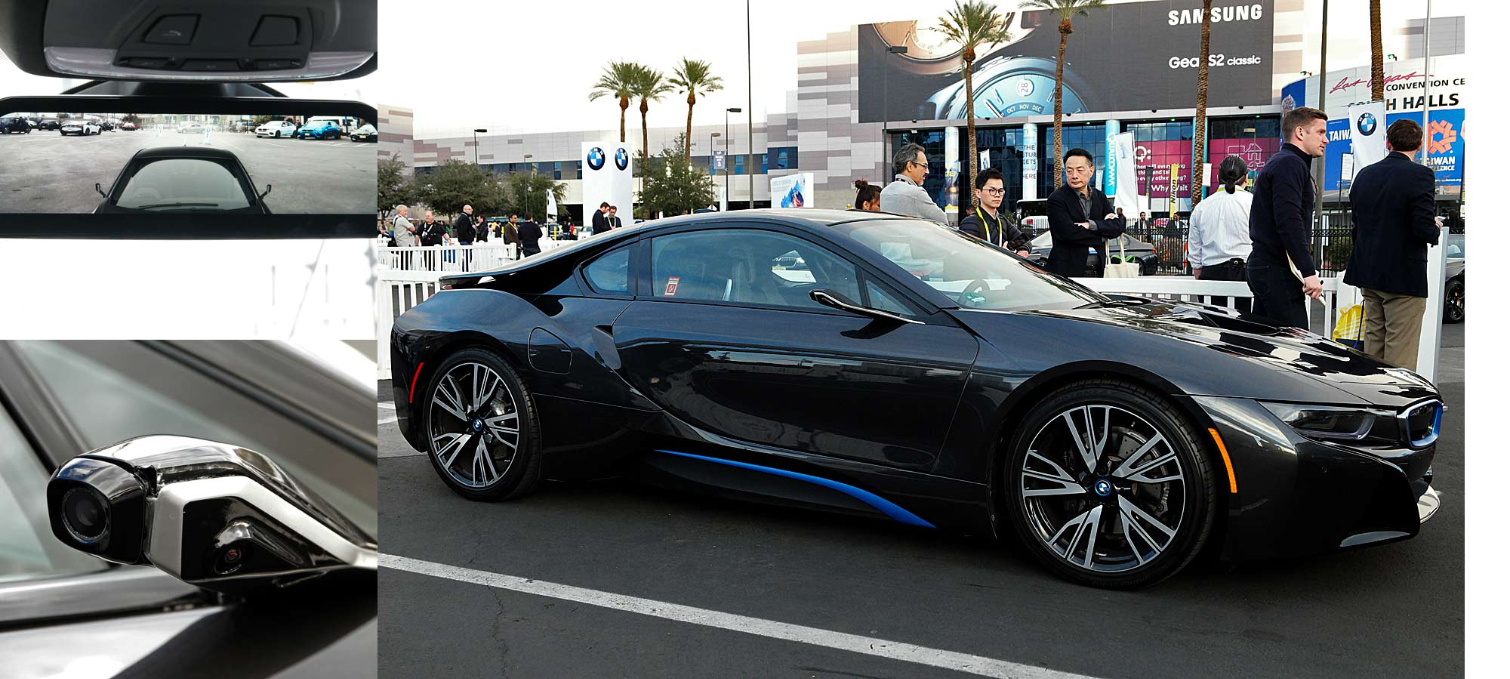
LAS VEGAS — At CES 2016, BMW debuted a new version of the i8, its tech-forward hybrid supercar, that features cameras in place of traditional sideview mirrors and a digital display instead of a rear-view mirror. It's clear a lot of hard work brought this project to life with such impressive execution, but even BMW may not have realized the impact of its accomplishment, because the lone test model was booked solid every day of the show.
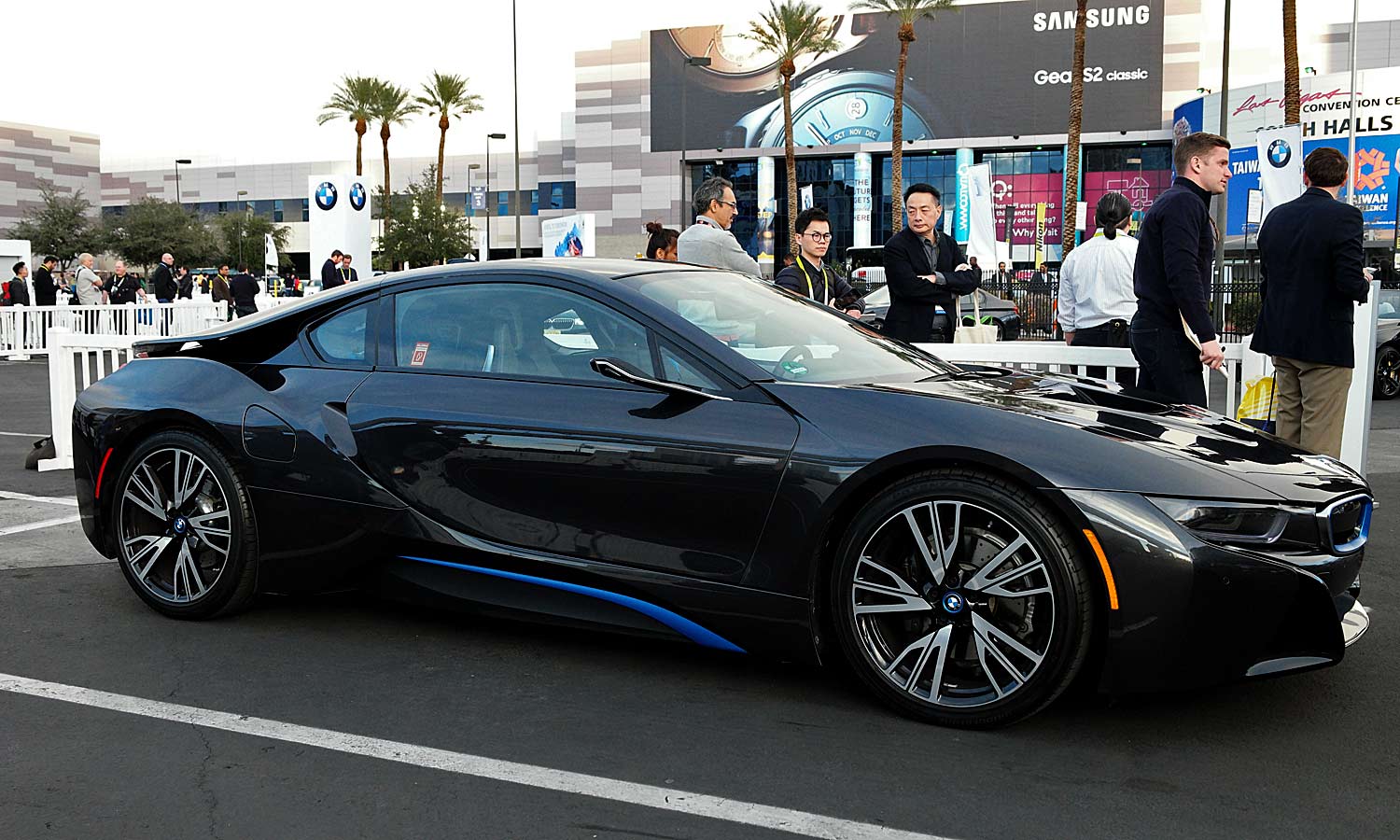
I managed to squeeze myself into an appointment (the back seat of an i8 is a pretty tight fit) to be able to tell you why such a seemingly small change is actually a pretty big deal.
MORE: Connected Cars: A Guide to New Vehicle Technology
In the automotive world, many innovations get dismissed as just more items that can go wrong. So on the i8, swapping out simple mirrors for a complicated cameras made out of fragile sensors, water-sensitive circuit boards and frayable wires might look like a fool's errand. But the payoff is worth it.

The first big reason is the vastly improved field of view. A standard side-view mirror has a cone of vision of just 12 degrees, while the cameras on BMW’s mirrorless i8 feature a 50-degree field of view that’s more than four times wider.
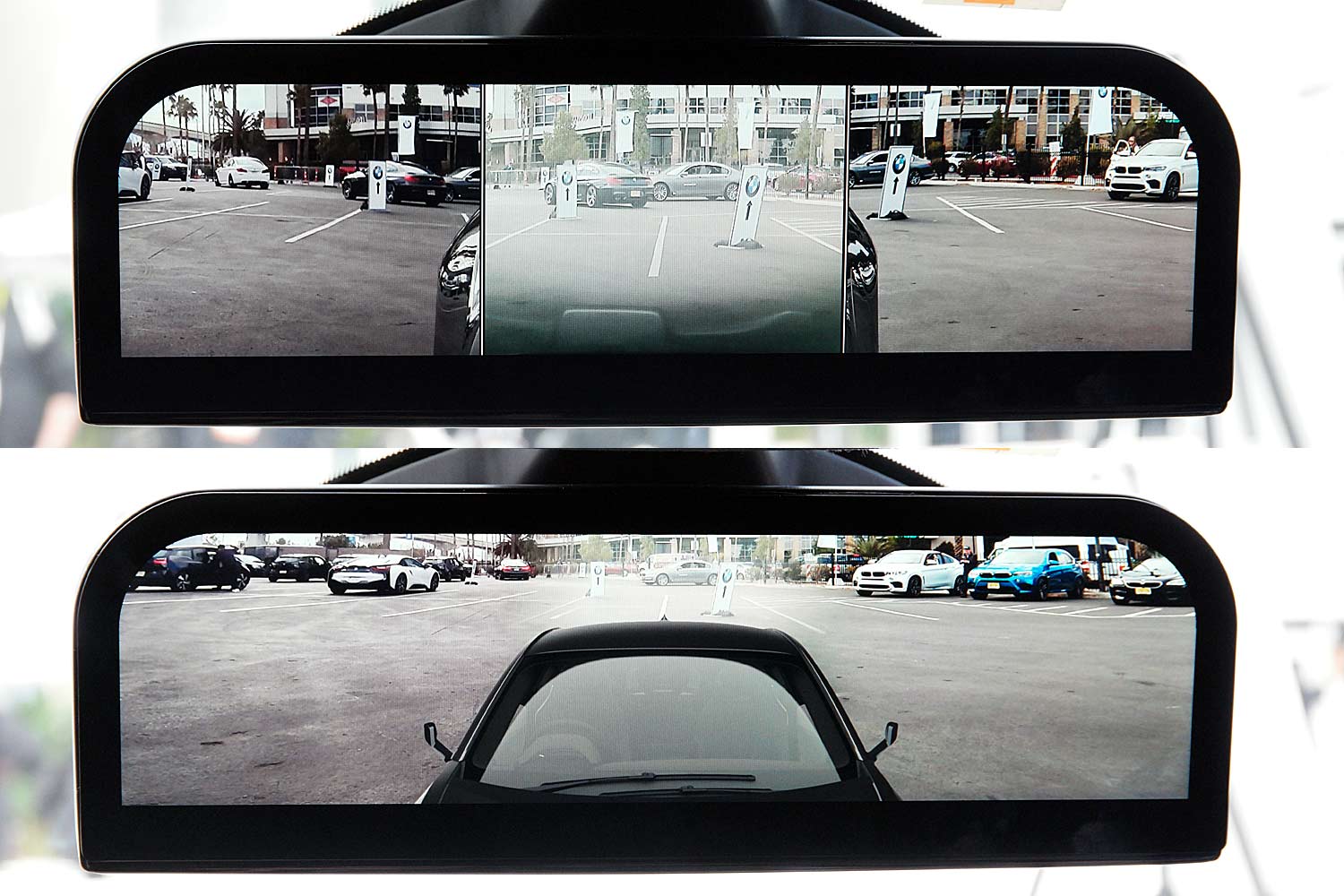
Then comes the next benefit. BMW takes the two feeds from the cameras on each sides, along with the feed from a third camera hidden inside the rear windshield, and combines them into a single display that replaces the traditional rear-view mirror.
This three-camera composite almost completely eliminates any blind spots — and then BMW takes it yet another step forward, which is when the real magic happens.
Other companies have tried replacing mirrors with cameras, and a few have been moderately successful. What BMW has done differently is to stitch the three composite views into a single, seamless image. There are no distracting borders or overlapping views, meaning that even a quick glimpse gives you all the information you need.
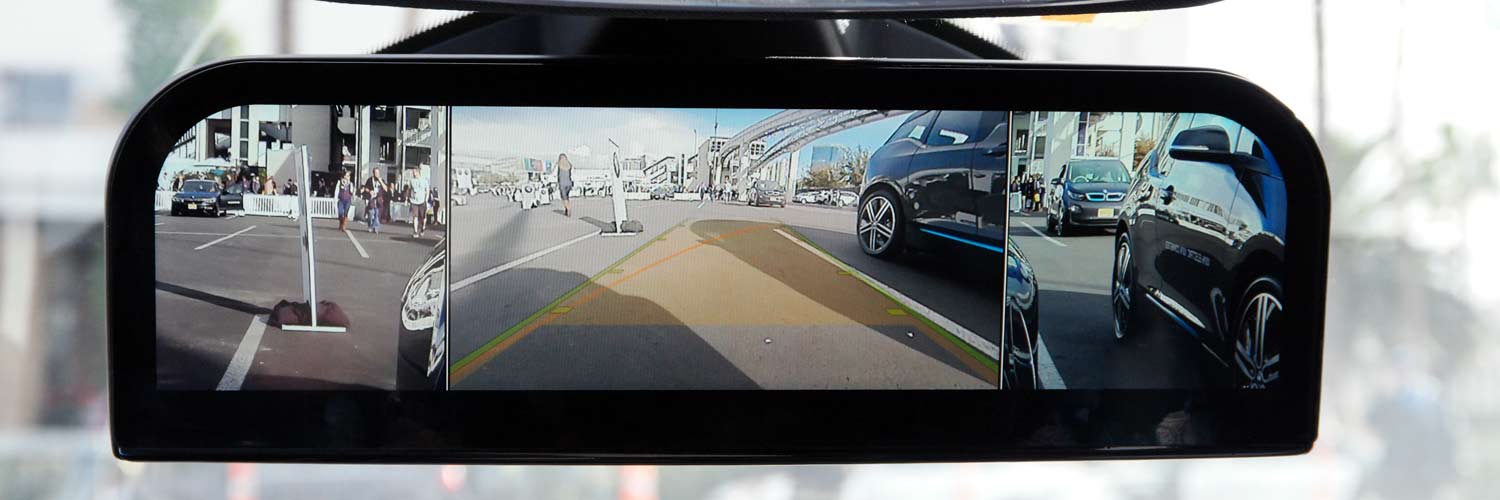
Finally, BMW's system creates helpful overlays on the display, so that if you back into a parking space, you get estimates of your distance from other objects, and proximity warnings if you get too close. The cameras also use a different display algorithm when you're reversing, offering a zoomed-in view showing fine details of what's around you.
Unfortunately, there's one major problem facing the BMW i8 mirrorless. Replacing normal sideview mirrors with cameras isn't exactly legal in many countries. In Europe there would be no problem, but in the United States and most of Asia, guidelines still require the use of regular mirrors.
Yet BMW said it expects a U.S. regulatory change by 2017 that would allow the use of this technology, with China and South Korea hopefully following suit in 2018.
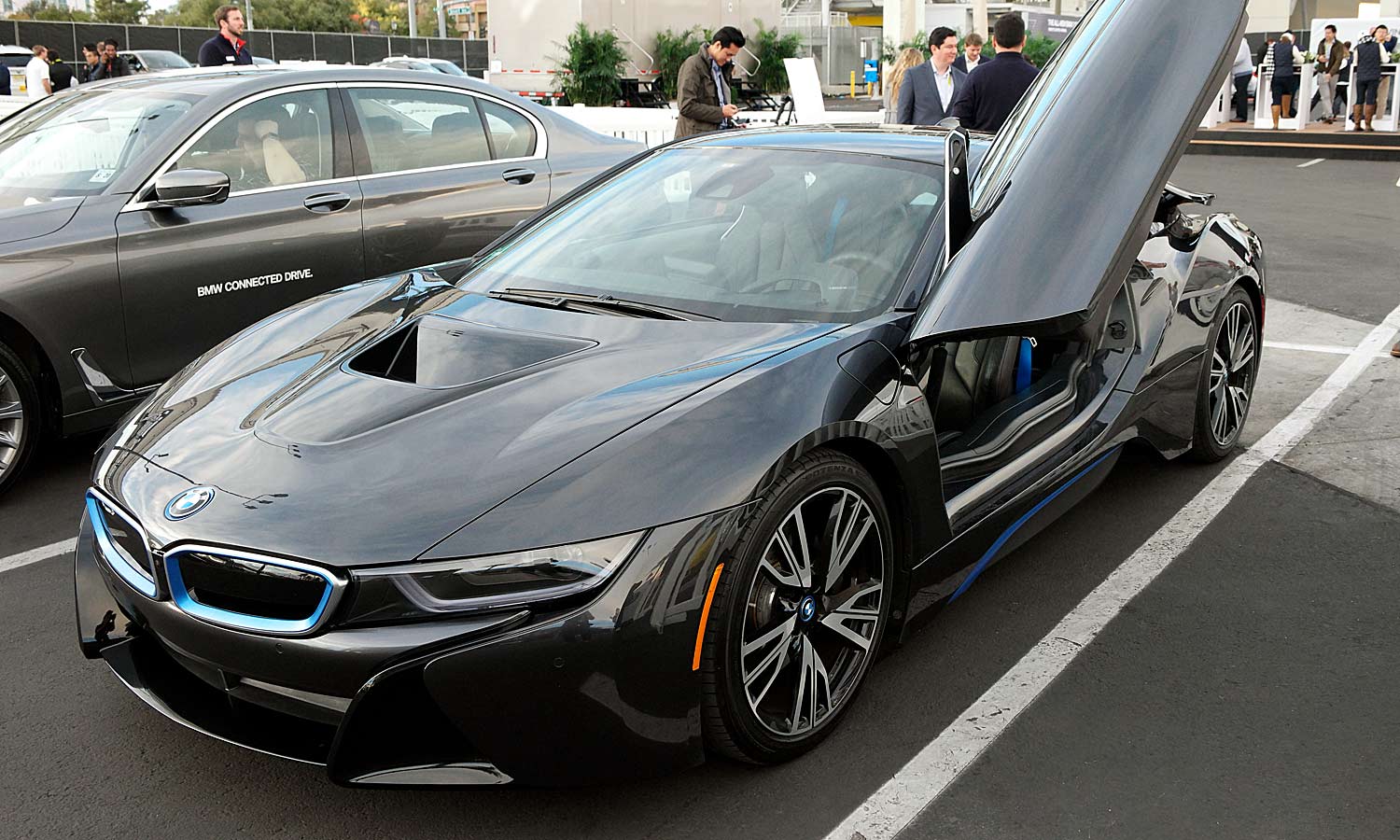
BMW won't offer the feature until it's 100 percent compliant with local laws, so Americans are beholden to the government to say OK and deliver us from the Dark Ages. But for me, seeing is believing, and I'm sure that eventually the bureaucrats will come to their senses, although some clever prodding might not hurt.
Get instant access to breaking news, the hottest reviews, great deals and helpful tips.
Sam is a Senior Writer at Engadget and previously worked at Gizmodo as a Senior Reporter. Before that, he worked at Tom's Guide and Laptop Mag as a Staff Writer and Senior Product Review Analyst, overseeing benchmarks and testing for countless product reviews. He was also an archery instructor and a penguin trainer too (really).
-
NitrousX The only thing I fear the most about this mirrorless tech is what if the cameras dies then your screwed. You'll be effectively driving blind not knowing who's behind or beside you. I'd rather stick to the traditional mirrors insteadReply -
rgd1101 Reply17307333 said:The only thing I fear the most about this mirrorless tech is what if the cameras dies then your screwed. You'll be effectively driving blind not knowing who's behind or beside you. I'd rather stick to the traditional mirrors instead
You mean you don't turn you head to look at your blind spot?
